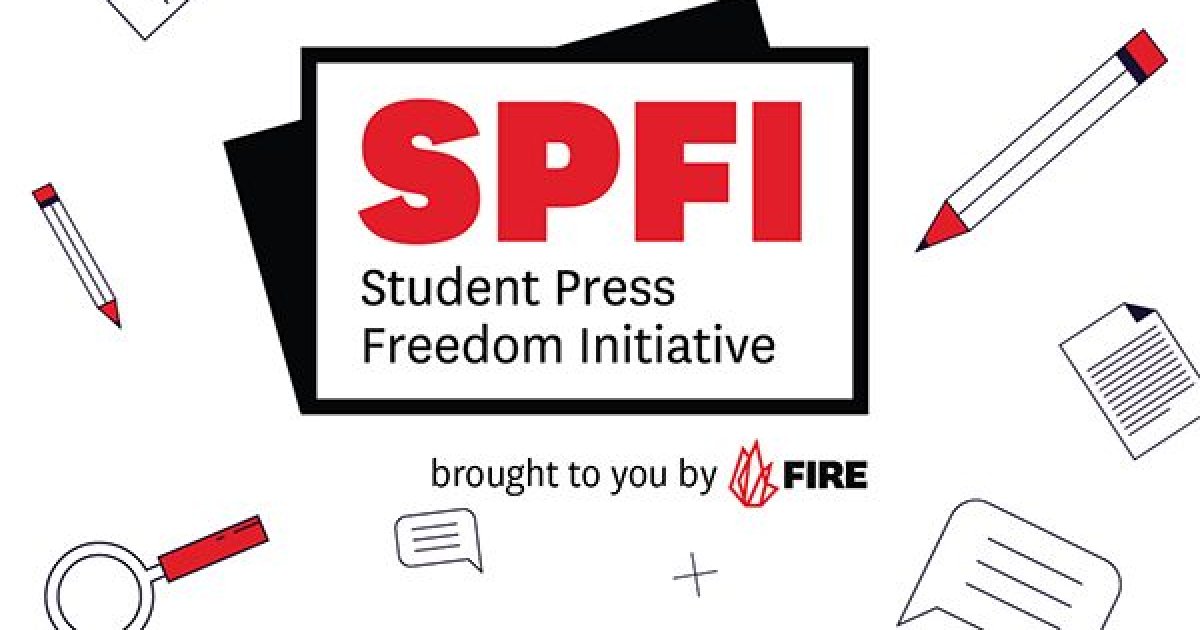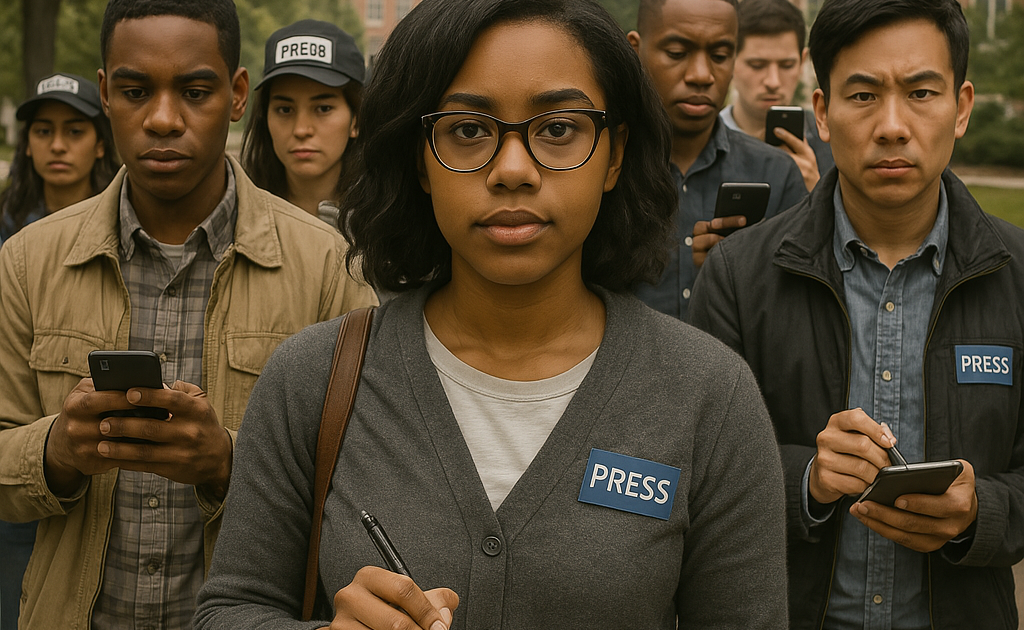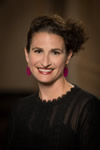Thirteen hundred student newsrooms across the country prove each day that the news doesn’t wait until graduation to break. And no one’s closer to the ground where free speech debates are blazing on college campuses than student journalists.
So far this year, FIRE’s Student Press Freedom Initiative has received 84 calls for help from student journalists. In 2024, there were 140. As they cover the battle for free speech on campus, they face their own fights for press freedoms, often combating censorship without the recognition they deserve.
That’s why we created the SPFI Sentinel. With the Sentinel, we’re celebrating the student journalists on the front lines of the First Amendment by recognizing their unflinching reporting and sharing their stories with 1,300 other student newsrooms in the U.S.
The following are the featured journalists for the 2025 edition of the Sentinel.
Nikita Osadchiy, The Heights, Boston College:
I’m Nikita Osadchiy, an assistant news editor at The Heights. With nearly a year on our editorial board and amid a presidential administration intent on battering higher education nationwide, the need for accountability journalism has never felt more urgent. Newspapers serve as watchdogs, holding institutions — academic or otherwise — to the principles from which journalism itself springs. When those institutions fail, it is the press’s mission to confront them, expose wrongdoing, and reaffirm the public’s right to truth. Student journalism has been the chance to preserve integrity where it falters and to give voice where silence would otherwise prevail.
Dylan Hembrough, The Alestle, Southern Illinois University Edwardsville:
I’m Dylan Hembrough, editor-in-chief of The Alestle at Southern Illinois University Edwardsville. I’m a second-year pharmacy student and in my third year as editor-in-chief. I got into journalism because I love to write, and that has blossomed into a passion for disseminating information and giving people the unfiltered truth they deserve.
Glenn Hedin, The Michigan Daily, University of Michigan:
My name is Glenn Hedin, and I am a student journalist. I report on university governance and campus activism, and I like to tell myself that if powerful people aren’t mad at me then I’m doing something wrong. Free speech in America is eroding fast, with even major media institutions preemptively capitulating to censorship. Journalists need to rise to this occasion by intensely scrutinizing powerful institutions and seeking out silenced voices to listen to. Student journalists play a part there, and I hope that when I’m old I’ll be able to look back and say that I did mine well.
Barrett Dolata, The Michigan Daily, University of Michigan:
My name is Barrett Dolata and I am a student journalist pursuing my final year of a BA in English, with a minor in art and design at the University of Michigan. Student journalism holds a special place for me because it gives voice to the students and community members I pass every day in Ann Arbor. What makes it particularly unique is the immersion, as we’re not distant observers writing about issues from the outside. We’re experiencing many of these same challenges and moments right alongside the people we’re covering, which brings a depth to our reporting that wouldn’t be possible otherwise.
Chloe Platt, The Spectator, Seattle University:
I’m Chloe Platt (she/her), a Seattle-based journalist, poet, and writer whose work is rooted in empathy and poetic connectivity. As editor-in-chief of The Spectator, Seattle University’s student newspaper, I held fast to the belief that journalism is both a vessel for amplifying vulnerable voices and a force for challenging oppressive systems. I carry this conviction into my professional work, viewing student journalism as essential in shaping critically minded, outspoken storytellers who see narrative as a tool for social change.
To these and all of the other talented journalists across the nation, SPFI has one message: We have your back.
As the 2025 academic year begins, we encourage any journalists facing censorship on campus to contact our 24-hour hotline at 717-734-SPFI (7734) for guidance, resources, and answers to your legal questions. For information on topics like defamation and privacy law, visit SPFI’s clickable guide to common media law and First Amendment Questions: Can I Publish This?








